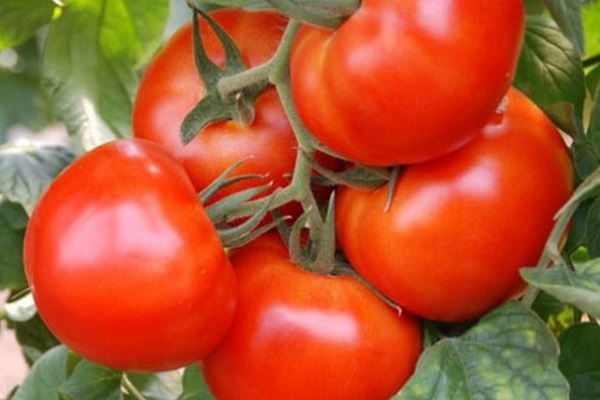
The summer season of the new year can be considered open. Gardeners plant seedlings, and first of all, seeds of ultra-early tomatoes. Precisely such varieties include the early ripening mid-growth hybrid Lark.
Tomato varieties Lark attracts many gardeners with increased productivity. It belongs to hybrid cultures. Steady and unpretentious grade. Bushes of the Lark do not exceed 80-85 centimeters, they must be tied up and stepsoned. The hybrid is very resistant to vegetable diseases, has the ability to set fruits at any temperature.
These are round bright red fruits, slightly flattened at the base. They are very convenient to transport, because tomatoes are not prone to cracking. Use for fresh consumption, preparation of salads, canning for the winter. The fruits of the Lark are fleshy, with a sweetish taste, of a uniform structure. Their weight does not exceed 120 grams.
A crop of about 12 kilograms of tomatoes is harvested from 1 square meter.
Content
Growing Features
Seedlings are planted in a manner traditional for early ripe tomatoes. Planting time is calculated approximately 60 days before planting in open ground. On an area of one square meter, experts recommend placing no more than five plants. This is because the lark bushes have a very spreading structure.
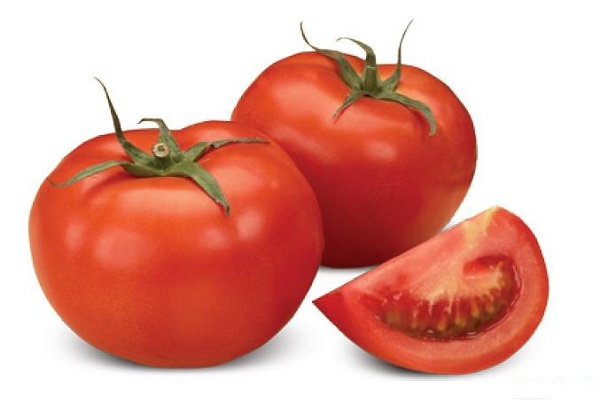
In the future, daily care for a tomato Lark consists of:
- plentiful, but reasonable watering;
- feeding with complex mineral fertilizers;
- preventive protection measures.
Why you should give preference to this hybrid
Breeders have long understood that hybrids are much more resistant to weather and temperature extremes than their non-hybrid brothers. Therefore, when creating this or that hybrid, the best qualities for a tomato are chosen. Hybrid Lark, boasts the following qualities:
- its productivity is significantly higher than early ripe non-hybrid varieties, it exceeds them by 1.5-2 times;
- due to the presence of heterosis, the Lark is less prone to disease and pest attacks;
- the fruits of tomato Lark ripen evenly, which allows you to plan the harvest and further use;
- the hybrid is well transported and stored for a long time in a ripe form.
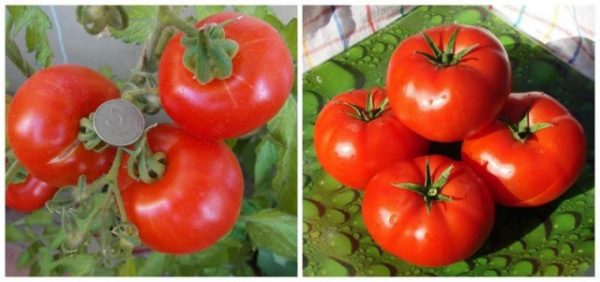
Features of planting and seedling care
Initially, it is required to provide maximum lighting and a temperature of no higher than 16 degrees. Watering at this time is not necessary. The exception is watering before planting seeds.
At the moment when the stem is already rooted and matured, the temperature regime is increased to 25 degrees. Lighting leave maximum. If necessary, add artificial light.
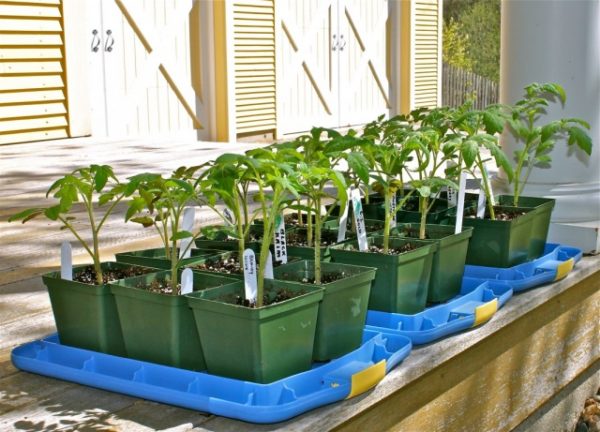
Watering the tomato Lark is carried out only after the complete drying of the earth in the container. However, wilting sprouts should not be allowed. The best fertilizer for the hybrid Lark, is considered a ready-made complex fertilizer, but in a weaker concentration. The feeding regimen should be correlated with the appearance of the first leaves. The interval between subsequent meals should not exceed two weeks.
Before planting in open soil, seedlings, without fail, need to be hardened. It is necessary to carry out these procedures two weeks before landing.
Features of growing tomato Lark in the open ground
In order for the growing conditions to be optimal, you should take care of an open, well-lit area and conduct timely mulching of the soil.
Watering the Lark is done in the morning. Water for irrigation should be warm. This procedure is carried out weekly during the growth period until the fruit sets. Then, the watering time is increased to two weeks. It is clear that the weather can make its own adjustments.
Fertilizing fertilizer for this variety is necessary several times a season; optimal feeding is 3-4 times. Lark, well perceives ready-made mineral fertilizers. Methods of its dilution and use are indicated on the store packaging.
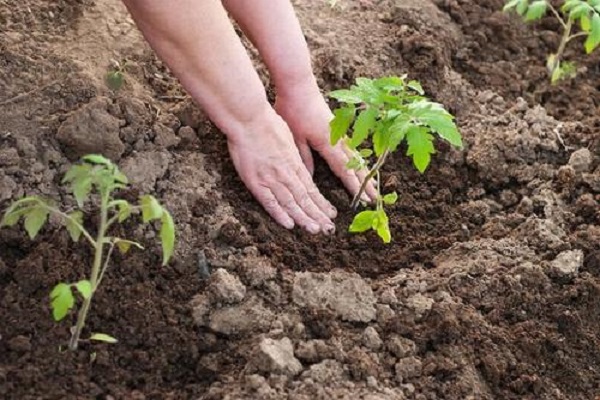
Pasynkovka is carried out only if the shoots appear below the first flower brush. In other cases, the Lark perfectly does without stepsoning.
Note! Hybrid Lark is not suitable for cultivation in the northern regions, since the fruit ripening period will be very long.
Disease Prevention
Hybrid seeds are processed prior to sale; however, pre-soaking before planting should not be neglected. For this, a weak solution of potassium permanganate is suitable.
A good preventive measure from phytophlora is spraying with a garlic or nutty solution. This procedure is carried out at the time of the formation of the stepsons. The solution is made quite easily. It is enough to soak the chopped nuts or cloves of garlic with water overnight. After which the solution must be filtered. It is ready to eat. Spray the bushes once every two weeks.
Injecting tomato Lark with a weak solution of boric acid will protect your plant, not only from late blight, but also from most garden pests.
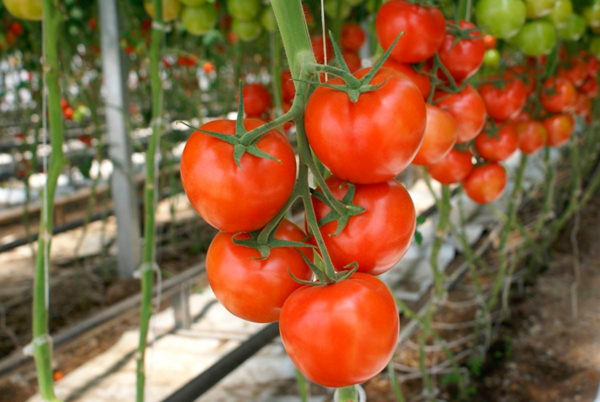
If you dissolve ordinary baker's yeast in a bucket of water, you will get a solution for disinfecting the plant. In addition, it will stimulate growth and productivity.
Iodine solution will prevent the hybrid from the attempts of garden pests.
If your plant is infected by late blight, treat it with diluted kefir or serum. For the future, pay attention to crop rotation and cultivate the soil at the end of the season to destroy late blight.
Nuances of crop rotation
In no case should you plant tomatoes, let alone the early Lark, in the beds where cabbage, carrots or beans were grown before. You should not do this if other nightshade crops occupied the garden last season.
Green manure is called green manure, they can be used year-round in between plantings of basic vegetables. The most common siderat plants are: oats, lupins, mouse peas, rape, rye, mustard and phacelia.
The choice of green manure is determined by the lack of a trace element of the soil:
- nitrogen fertilizer replaces clover;
- phosphorus deficiency successfully makes up for lupine;
- oat rye inhibits weed growth quite strongly.
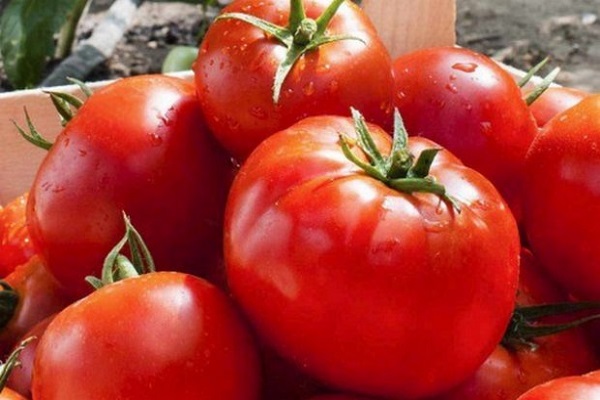
Reviews gardeners about the variety "Lark"
Elena, 42 years old. Kaluga:
I decided to grow Lark in the open ground. We visit the site only on weekends. Nothing prevented the cultivation of a wonderful crop.
Boris, 54 years old. Crimea:
I hate to bother with seedlings. Lark is my variety.
Oksana, 31 years old. Kazan:
Seedlings were grown as usual. But greedy, planting in the open ground. Lark bushes looked like a continuous field of tomato. But the harvest still pleased.
Nikolay, 56 years old. Samara:
I am fond of breeding tomatoes for more than twenty years. I prefer unpretentious early ripening varieties. Among them is the Lark. I really like the fact that tomatoes are tied and ripen in any weather.




 Low-growing tomatoes, without pinching: 5 of the most delicious varieties
Low-growing tomatoes, without pinching: 5 of the most delicious varieties Why tomato seedlings grow poorly
Why tomato seedlings grow poorly We grow a tomato in a shell
We grow a tomato in a shell Growing tomatoes without watering according to the method of Kazarin
Growing tomatoes without watering according to the method of Kazarin